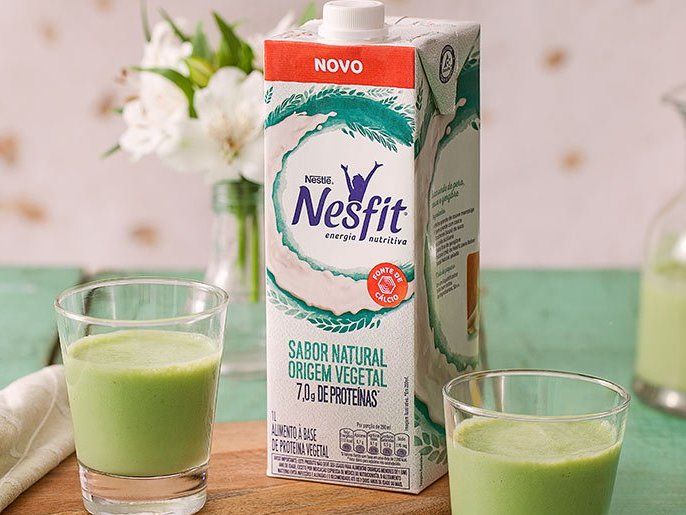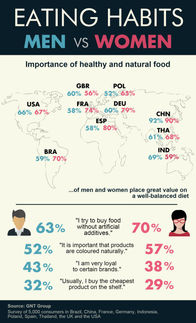OpenFoodTox: EFSA’s new one-click tool for information on chemical hazards
OpenFoodTox is the new EFSA database that provides instant access to a wealth of information from over 1,650 EFSA scientific outputs about the toxicity of chemicals found in the food and feed chain. An editorial published in the EFSA Journal today describes how to use the database. EFSA scientists Jean-Lou Dorne, the toxicologist who led its development, and Jane Richardson, lead scientist on open data, explain why this is an important milestone in EFSA’s efforts to increase transparency and open its data up for others to explore and re-use.
Jean-Lou, what is special about this database?
JLD: Well, all the information in the database is already publicly available, but until now you would have to look it up in over 1,650 separate scientific opinions and conclusions. OpenFoodTox gives quick and easy access to the most important information from that huge body of work. It provides the summary toxicological information used by EFSA in its risk assessments since 2002 and has taken over five years to compile. Now we’re ready to share this abundance of data with the world in an accessible way, which further adds to EFSA’s transparency efforts.
Jane, what information does it contain?
JR: The database gives information on over 4,000 chemical substances, related EU legislation, the EFSA output identifying their critical effects and the safe levels set by EFSA scientific panels, such as tolerable or acceptable daily intakes. And it’s a living tool as the database will be updated on a yearly basis.
Which kinds of chemicals are we talking about?
JLD: They come from all the different areas in which EFSA is responsible for chemical risk assessment: pesticides, food additives, flavourings and nutrient sources, feed additives and both natural and man-made contaminants. So, not only does it contain information on the critical health effects for risk assessment for humans – such as liver or mammary toxicity – but also for farm animals, pets and species of ecological importance such as bees and fish.
Who can use the database?
JR: It’s a click-of-a-mouse tool for scientists and decision-makers to search and access key toxicity information by substance. The experts on EFSA’s scientific panels and our staff members will also consult it – especially for substances that are assessed in more than one scientific or legislative area. The database could also be useful to civil society groups, food operators and members of the general public who want to gain more detailed insights on the assessment of the safety of chemicals in food. We’ve also structured the data to make it compatible with other international databases – EFSA’s publications are already linked up with the e-Chem Portal of the Organisation for Economic Cooperation and Development (OECD), a tool used by regulators all over the world.
Do you have any future plans for the tool?
JLD: Yes, definitely. Right now you can access the database through EFSA’s Scientific Data Warehouse but we are also considering developing a smartphone app to make it even more accessible. In terms of the contents, in the future we hope to include additional information on toxicokinetic properties of chemicals (i.e. the processes by which potentially toxic substances are handled and eliminated in an organism). Adding more information like this, the database could support the development of computer models for predicting chemical toxicity as alternatives to animal testing in areas where it’s not mandatory.
JR: We’re really enthusiastic about its potential and we hope the scientific community and anyone with an interest in toxicology can make good use of it for their own research or for analysing EFSA’s work.
Most read news
Other news from the department science

Get the food & beverage industry in your inbox
By submitting this form you agree that LUMITOS AG will send you the newsletter(s) selected above by email. Your data will not be passed on to third parties. Your data will be stored and processed in accordance with our data protection regulations. LUMITOS may contact you by email for the purpose of advertising or market and opinion surveys. You can revoke your consent at any time without giving reasons to LUMITOS AG, Ernst-Augustin-Str. 2, 12489 Berlin, Germany or by e-mail at revoke@lumitos.com with effect for the future. In addition, each email contains a link to unsubscribe from the corresponding newsletter.
Most read news
More news from our other portals
Last viewed contents

Winkler und Dünnebier Süßwarenmaschinen GmbH at ProSweets Cologne 2016

Study finds picky eaters are put off by food depending on plateware colour - Researchers examining the characteristics of picky eaters have found the colour of the bowl food is served in has an influence on taste

Nestlé continues to expand its portfolio of plant-based dairy alternatives - Plant-based products made from pea protein is a key focus area for Nestlé

Prices of ethically labelled food and drink are biggest barrier to purchase
Do Better Together : New features for increasing food safety and Industry 4.0
Coca-Cola Inks Definitive Agreement With Great Lakes Coca-Cola Distribution

HCC warns red meat industry changes “inevitable” whatever Brexit talks outcome

Creating the leading Food Ingredients Distributor in the North American market - Brenntag to acquire JM Swank

RECKE Fleischwaren-Spezialitäten Vertriebs GmbH & Co.KG Zentrale und Auslieferungslager - Berlin, Germany

McDonald’s seems to be focusing on kids in lower-middle income countries, social media posts suggest - More Instagram posts, price promotions, and child-friendly marketing than for wealthier countries May worsen existing healthcare issues in some of the world’s most vulnerable countries

Nespresso, pioneer of premium single-serve coffee, unveils new range of home compostable coffee capsules



























































